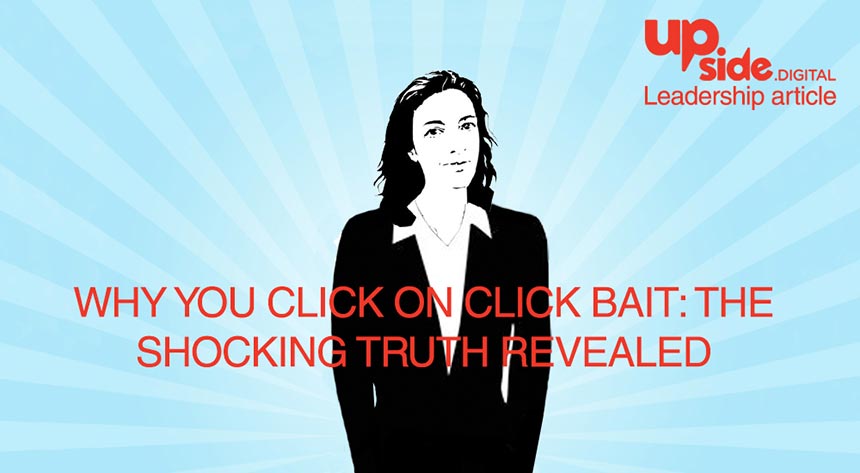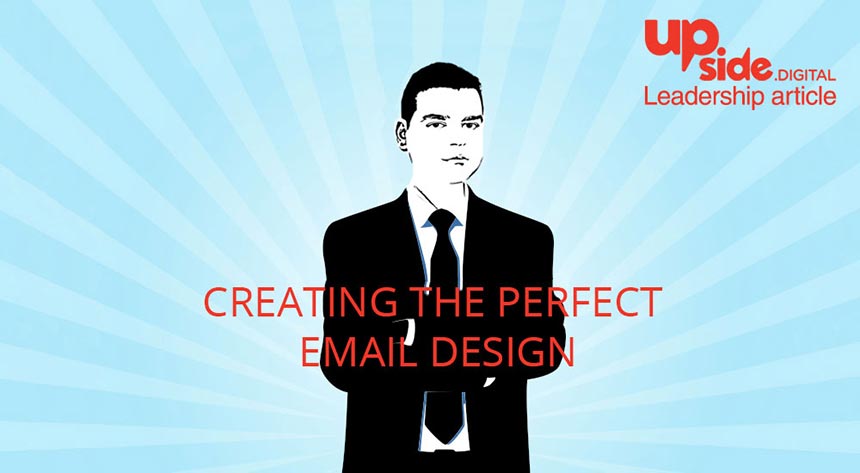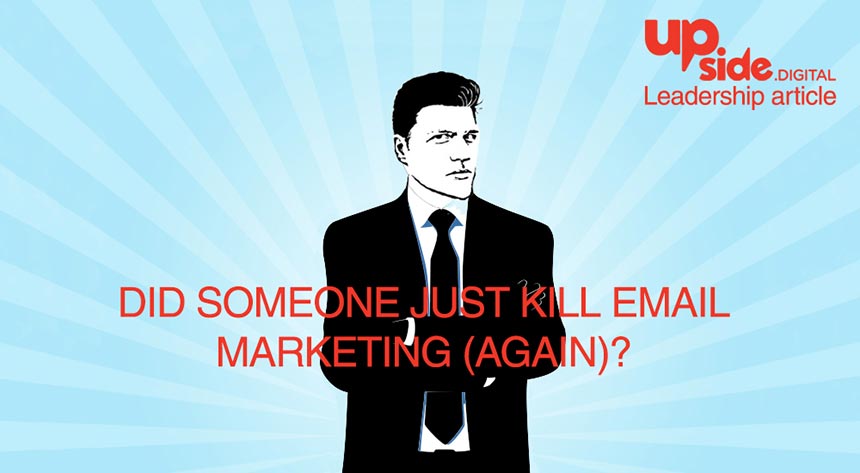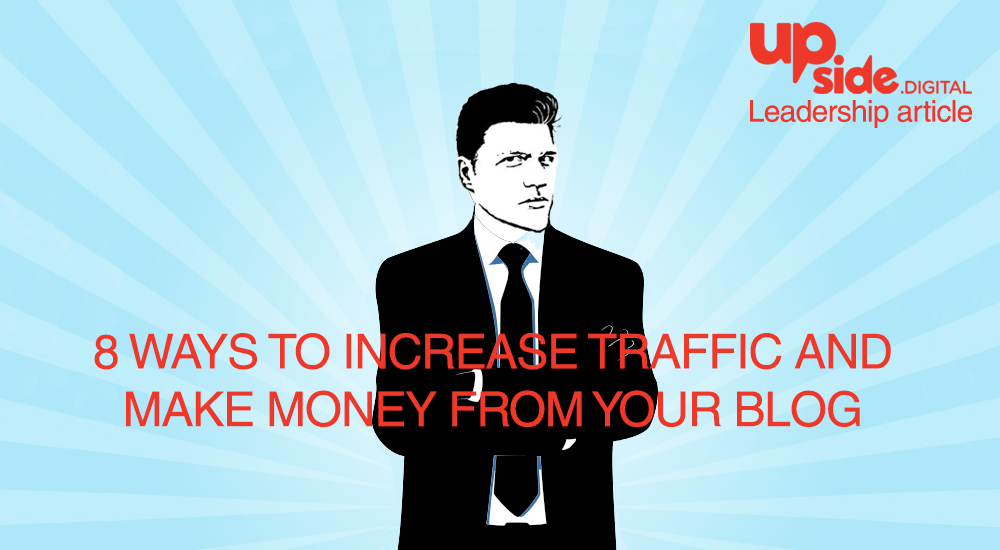Why You Click on Click Bait: The Shocking Truth Revealed

The secret truth behind click bait that will shock you…
It’s a familiar story…
You scroll through your Facebook feed and come across a link with fairly innocuous image of a young boy playing piano. The caption reads something like “When this boy sat down to play piano, no-one expected this. What he does at 2:42 made my jaw drop!”
You somewhat shamefully click the link and after watching the video determine that an equally suitable title would’ve been “Young Boy Plays Piano Very Well (for his age)”.
You aren’t totally disappointed, but a sense of ‘clicker’s remorse’ sets in. Click bait wins again.
For modern content creators, quickly converting the fleeting interest of Millenials with increasingly short attention spans has become a top priority.
On the back of the huge success of Upworthy’s content strategy, what we’ve come to call click bait has spread like wildfire through the internet. And it’s not just Millienials clicking, people from all ages and demographics are finding themselves prone to at least the occasional click.
But why exactly are they so irresistible? What’s going on here?
Let’s have a look a bit deeper.
The secret truth behind click bait they didn’t want you to know
Despite the phenomenal rate at which technology progresses, the fundamental qualities and characteristics of human psychology remain more or less the same.
And when we pull the veil back from click bait, it becomes clear that its power lies in appealing directly to our curiosity by creating what’s referred to as a curiosity gap.
The headlines are successful mainly because they create a tension between what we know and what we want to know.
They hook us in and pump up our interest by alluding to something enticing, but ensure they don’t give it all away in the headline.
This creates a curiosity to know more. It creates a tension that we feel compelled to resolve. And in the case of click bait, that resolution can be found on the other side of the click. A relatively small effort to resolve the tension, right?
If you were to break it down to its sequential parts, it would look more or less like this.
1) Interest
2) Curiosity
3) Action
4) Resolution
The effectiveness of this strategy depends on the successful interplay of each of these parts.
Curiosity clicked the cat – the resolution brought him back
Interest
The base level of interest the audience has in the theme will naturally effect the rest of the process. In our earlier example of a young boy playing piano, a parent thinking of putting their child into piano lessons will have a much higher base level of interest and be far more likely to click than someone with no connection to the theme.
Curiosity
The curiosity phase is is the nuts and bolts of click bait and the successful execution of this is where Upworthy has been so successful. It sets the scene and alludes to something awesome without giving away the pay off.
Action
The effort required to complete the action is directly related to the curiosity. The harder the action is to complete, the higher the curiosity must be. A click is a comparatively low investment, which is one reason click bait is effective.
Resolution
This is the pay off. Where the curiosity loop is closed and the content is delivered. If the content is misleading or doesn’t live up to the hype, the audience are left feeling mislead or disappointed.
When you break down click bait into the sum of its parts, you begin to notice patterns elsewhere and realise that the strategy is actually nothing new.
It is actually just a recent incarnation of tried and tested techniques used to engage and influence people.
The surprising link between zombies and click bait that will blow your mind
If you’ve ever watched popular series such as Breaking Bad or The Walking Dead, you may have noticed how difficult it is to watch just one episode.
More often than not, the episode will end with a dramatic new plot twist moments before the credits roll. In the preceding 20 minutes, you were likely ready to pop off to bed and get some much needed rest, but the cliffhanger ending leaves you wanting more. They open a curiosity loop that pushes you to watch the next episode.
But it’s not just in TV series. It’s fundamental to story telling in general.
How many times have you been reading a novel and broken your “just to the end of this chapter” commitment? The chapter usually ends with an exciting possibility and an open loop.
Network television stations have been using this strategy for a long time. Every telling reveal in a show is hyped up the the max before they throw to an ad break. To get the pay off you have to endure the ad break.
Tabloid TV shows have been curiosity baiting their way to better ratings for years. Does something like “The secret ingredient in milk that could be killing your children… coming up after the break” sound familiar?
Each of these examples all tend to follow the same structure outlined above.
Interest > Curiosity > Action > Resolution
When you view it in this context, click bait is just another example of this pattern.
But as click bait specifically becomes more and more popular, there are bound to be implications. Will it continue to be effective or will people begin to just tune it out?
Ubiquity, hyperbole and the impact of broken promises
Unlike the implied and story based dramatic tension in a cinematic TV series or novel, click bait relies on an active promise.
It tells us explicitly what to expect and in doing so assumes a greater responsibility for the outcome.
It’s unlikely you’ll be hugely disappointed if the film’s plot twist doesn’t turn out how you thought it would, but misleading click bait can result in instant disappointment and growing cynicism.
We are walking into a kind of ‘Boy Who Cried Wolf’ scenario. The larger the avalanche of hyperbole is, the more desensitised we become. Sooner or later it becomes abundantly clear that we will believe what happens next.
You can only be let down so many times before you begin lose faith in the hype.
The future of click bait will reveal itself in time, meanwhile brands and marketers should seek to understand the underlying principles behind its effectiveness, so that they can discover new and creative ways to connect with people, rather than jumping on the bandwagon just to keep up.
As the bandwagon becomes overcrowded, at some point the wheels are going to fall off and what happens then… will shock you.
—————————————
About the author
Nicci Barnes has been working in strategic project management both online and offline for almost a 10 years. Specialising in her passion of internet marketing and making her mark on the digital world with her company Upside.Digital she manages the operational side of the business and one of the biggest network of publishers across Australia. She is passionate about ensuring if the business has the ability to succeed, then they should also have the opportunity to succeed. One word of advice from Nicci would be ‘Be stubborn about your goals and flexible about your methods’ and ‘Just Do It’

Related posts
[Creating the perfect email design: Techniques to ensure high conversion] “A user interface is like a joke. If you have to explain it, it’s not that good.” –Martin LeBlanc Making the best email is all about putting yourself into the user’s shoes. Think always about the user, like all good design pieces, then about the […]
Does email marketing belong to the past, or have we only scratched on the surface what this ‘old fashion’ sales channel can do? Well, fact is that its position on the Iron Throne of the ROI Kingdoms has been unchallenged for many years, and the trend is not changing. In fact, we see the opposite […]
When working with bloggers you come across many great writers, passionate and dedicated to their cause of producing great content for their subscribers. After all this is the reason they started their blog. Share the passion and show/teach others what is most valuable to them, and closest to their hearts. Unfortunately most bloggers are not […]





